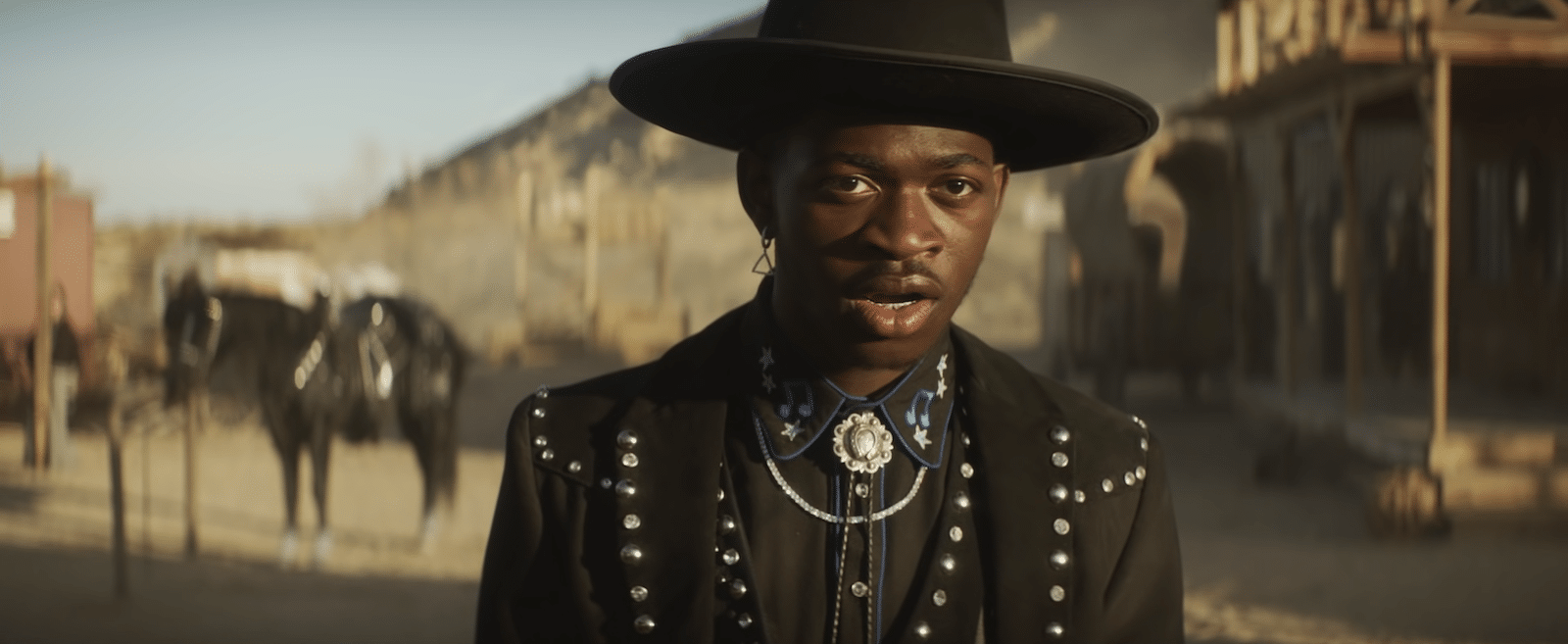Campaign Lessons from this year’s Super Bowl Ads

The campaign may be the most misunderstood concept in marketing. Campaigns get attention for the big, impactful creative that gets a million views or causes a flurry of conversation on Twitter; however, like most things in business, it’s not the shiny object that delivers the most value – that comes from the strategy and the well-considered touchpoints.
Let’s start by defining what a campaign is. At its core, a campaign happens when an organization has a specific goal to achieve within a given period of time, then focuses a portion of its resources on achieving that goal with a dedicated set of tactics. Being able to point to specific results and achievements is why campaigns make for the flashiest success stories and agency videos. It’s also why brands tend to outsource campaigns more often than their ongoing creative work because, when it’s a specific set of efforts, it’s easy to package them up and put them on an invoice.
A campaign is not your always-on marketing strategy. The experiences, content, and creative that your audience expects to see from you every day are a core part of the business. It’s also not a single ad. Just because a Super Bowl ad costs millions of dollars does not mean that it’s a campaign – it just means that it’s a very expensive single touchpoint.
A campaign ties together multiple touchpoints to consider a customer journey, and it tells a story over time to help to get people from wherever they currently are to wherever the brand wants them to go. In some cases, the goal is simply to get people from “I’ve never heard of you” to “yep, I understand what your brand is about now”. That’s what Rocket Mortgage was up with this hilarious Super Bowl spot featuring Jason Momoa getting comfortable at home:
If you’ve seen it, you’ll notice that the ad accomplishes only one thing: It makes you aware that Rocket Mortgage is about helping you create that comfortable home experience for yourself. There’s no Buy Now call to action. There isn’t even a mention of any of the features that might make their product better.
What turns this ad into a campaign is the way that they told a consistent story across all of their digital channels. They knew that people watching the game was only one opportunity – they also shared behind-the-scenes content across their social channels, they revamped their homepage, and built a landing page experience all around the same key message that the ad delivered: Get Comfortable. Get Mortgage. By tying together all of their properties to get one simple message across to their audience, Rocket Mortgage set themselves up to get millions of people from “I’m vaguely aware of them” to “They’re the Get Comfortable mortgage brand”. When it’s time for people to make a decision about who to go to for their mortgages, that awareness can make all of the difference.
Campaigns aren’t just for awareness. In fact, they can be most valuable at taking people from “I know that brand” to “I’m interested in that brand”, also known as a consideration campaign. One of the best examples that drove consideration this year was Doritos. You may have seen this ridiculous and amazing video that they created featuring Lil Nas X vs Sam Elliot:
What you may not have noticed was the hashtag at the end that drove people to open their social app of choice and create their own #CoolRanchDance. To make things even more interesting, Doritos is placing a big bet on a brand new video app startup called Sway, where people can create and share their dance videos. Now, you can upload your moves to IG, TikTok, or Twitter, but all of the supporting content from Doritos includes a link to GetSway.app where they’ve done a complete takeover of the app’s onboarding experience.
The Doritos video, especially Sam’s moustache, may have been the star of this year’s Super Bowl ads, but let’s take a look at the campaign strategy: They started with the assumption that most people already know what Doritos is, and even what Cool Ranch tastes like. Their goal was to use the Super Bowl ad as a spark to get people talking about their love for the chips, and to become a badge that people would share as they danced across their social channels. The success of the campaign is yet to be determined, but I’m going to take a guess that the big swing that they took by partnering with Sway is going to be a miss. It feels like an afterthought, and I really had to dig to uncover what the app even is and how to download it.
The cautionary tale there is that they’re just doing a little bit too much. The video is brilliant, and the way that they shared the content across social, using the stars to spread the word, made it much more than just a TV spot. However, getting people to upload anything to their own social channels is a challenge, and layering in a brand new app risks causing enough confusion that a lot of people will drop off.
So what should we be doing with our marketing campaigns?
Whatever your Super Bowl is, you have an opportunity to extend the story, and your message, far beyond the ad/event/video that you’ve got. Consider what you’re trying to achieve, then look at all of the touchpoints that you’ll have with your audience, and set out to accomplish one thing.
If your greatest opportunity is to introduce yourself to a new audience, then be like Rocket Mortgage and nail one simple, memorable message. If you’re out to deepen people’s awareness and drive consideration, then show them how you’re different and give them something worth exploring, like the #CoolRanchDance.
Whatever the campaign objective is, the most significant mistake that brands often make is that they get so wrapped up in the campaign itself, they forget that it is just one part of the brand’s overall strategy. A great campaign should build on what the brand has done in the past, reinforce the stories that it has been telling, and lead seamlessly into the next phase of the brand, building equity and new audiences that will grow in value over time.
And whatever you do, don’t be Mr. Peanut.


